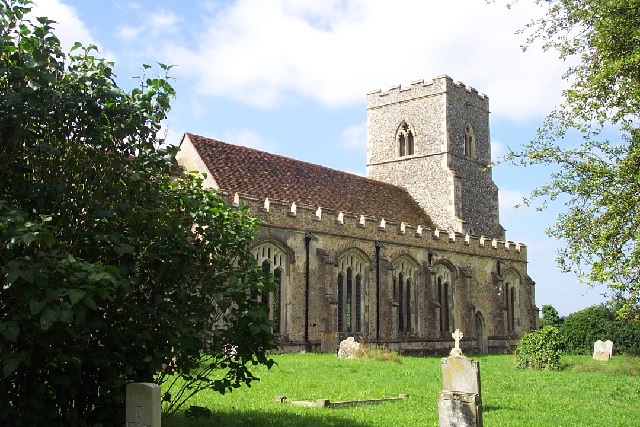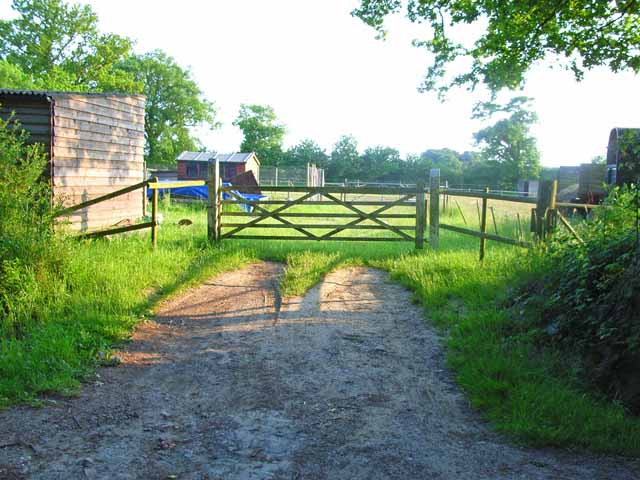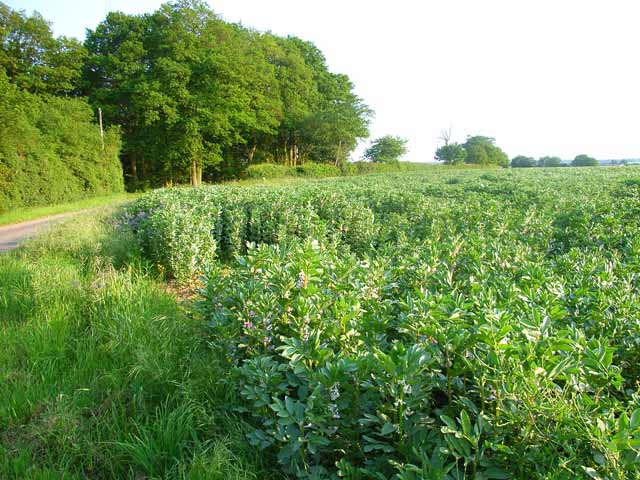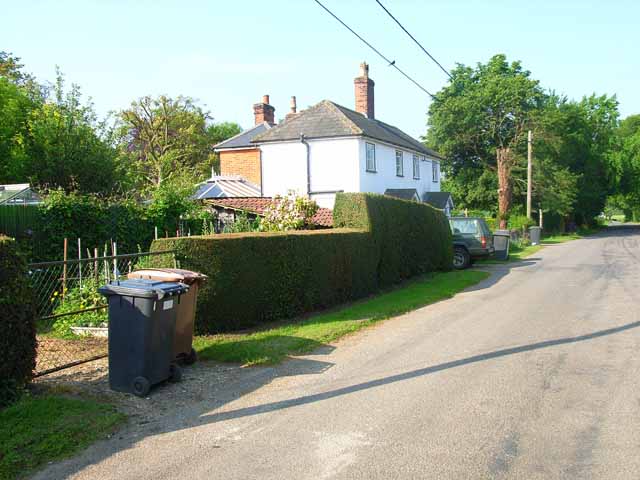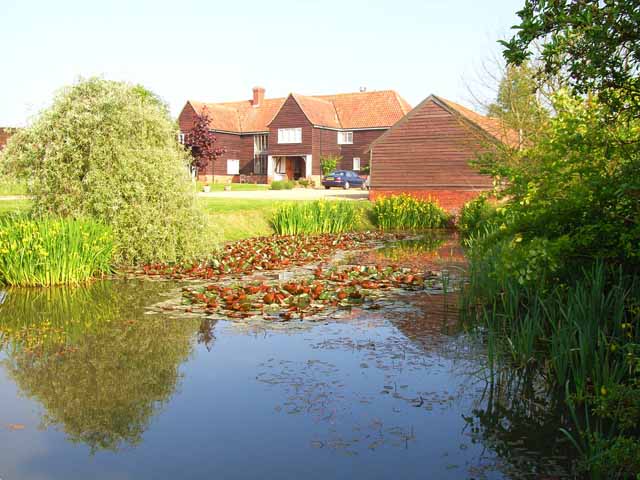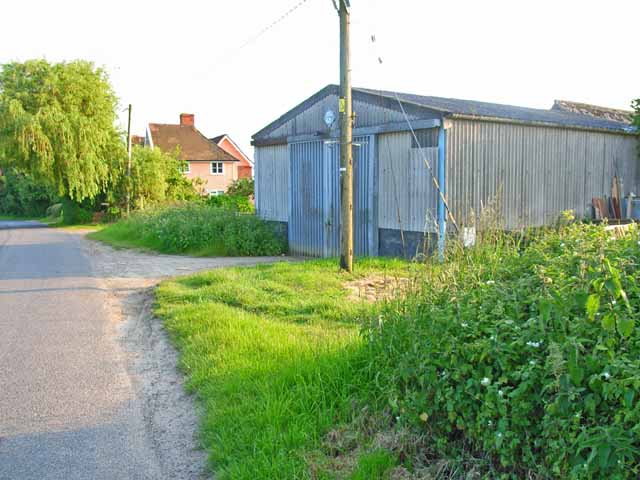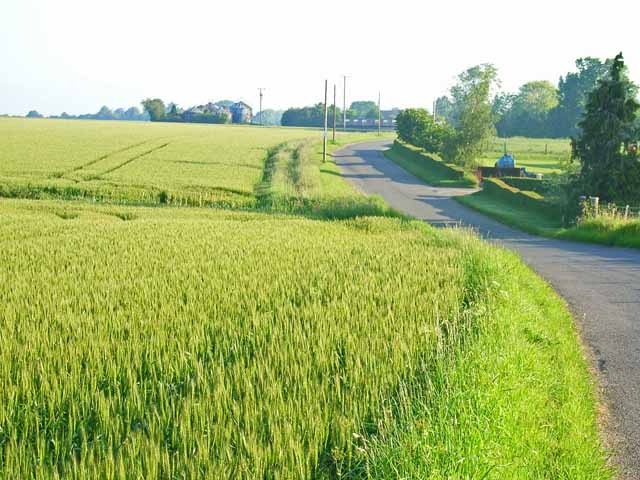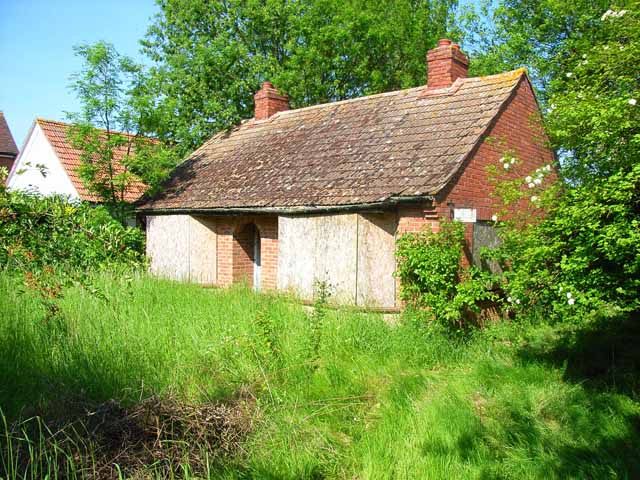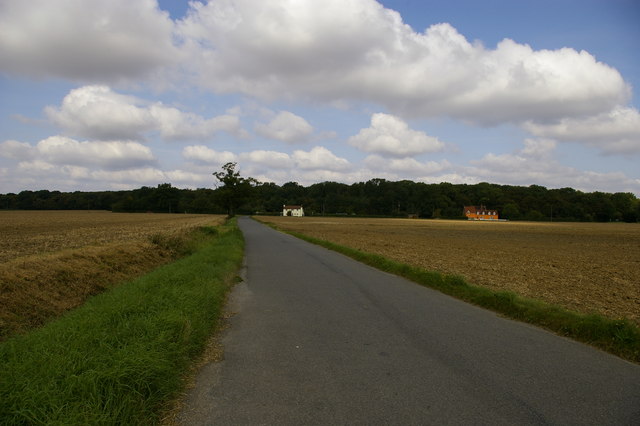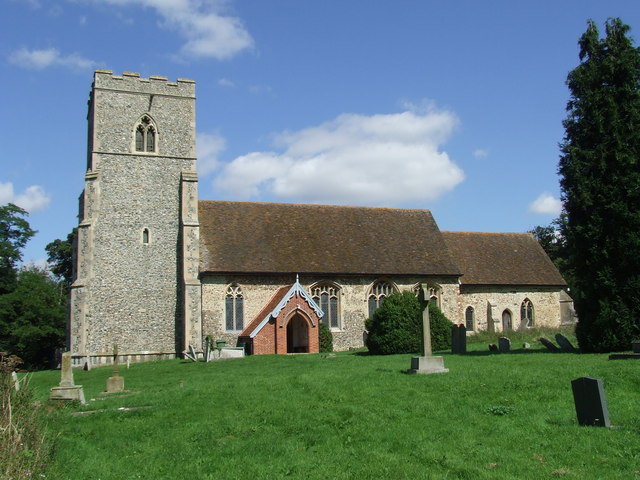Street, Broad
Settlement in Suffolk Babergh
England
Street, Broad

Street, Broad, Suffolk is a charming village located in the county of Suffolk, England. Situated in the picturesque countryside, this small community offers residents and visitors a peaceful and idyllic setting to enjoy.
The village is characterized by its quaint cottages, many of which date back to the 17th and 18th centuries, adding a touch of historical charm to the area. The architecture is predominantly made of traditional Suffolk pink bricks, giving the village a distinctive and timeless appeal.
Surrounded by beautiful countryside, Street, Broad offers an abundance of outdoor activities for nature enthusiasts. The village is nestled between two stunning areas of natural beauty: the River Stour and Dedham Vale. These areas provide opportunities for walking, cycling, and boating, allowing visitors to immerse themselves in the serene and tranquil surroundings.
The village also boasts a friendly and close-knit community. The local pub, The Swan Inn, is a popular gathering spot for residents and visitors alike, offering a warm and welcoming atmosphere. Additionally, the village hosts several community events throughout the year, including fairs, festivals, and sporting activities, fostering a strong sense of community spirit.
For those seeking cultural experiences, Street, Broad is conveniently located near several historic sites and attractions. Dedham, a nearby village, is home to the renowned Dedham Vale, which inspired famous landscape painter John Constable. Visitors can explore the Dedham Art and Craft Centre, showcasing local artists' work, or visit the nearby Flatford Mill, a National Trust property.
Overall, Street, Broad, Suffolk offers a charming and tranquil escape from the hustle and bustle of city life, providing an ideal setting for those seeking natural beauty, community spirit, and a touch of history.
If you have any feedback on the listing, please let us know in the comments section below.
Street, Broad Images
Images are sourced within 2km of 52.051097/0.85702753 or Grid Reference TL9543. Thanks to Geograph Open Source API. All images are credited.


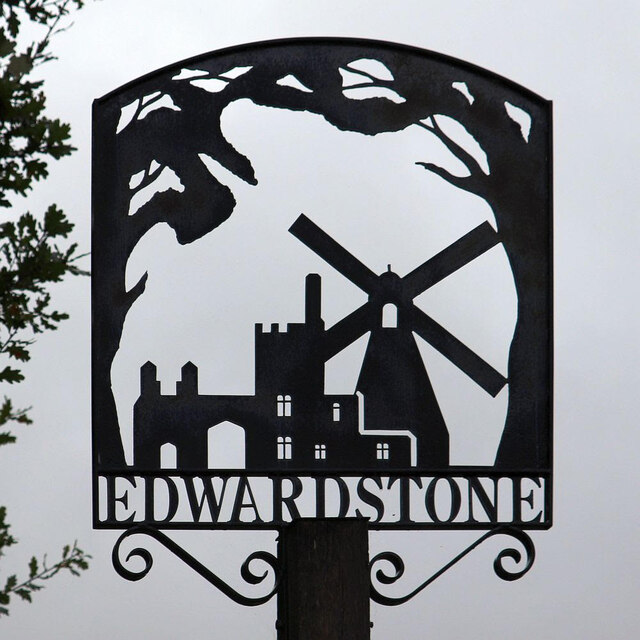
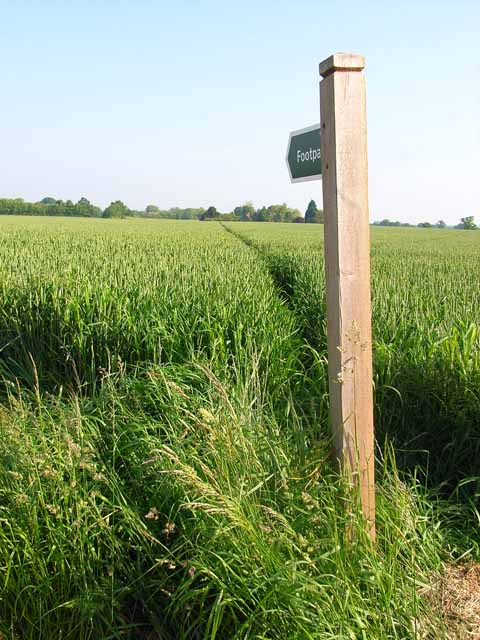
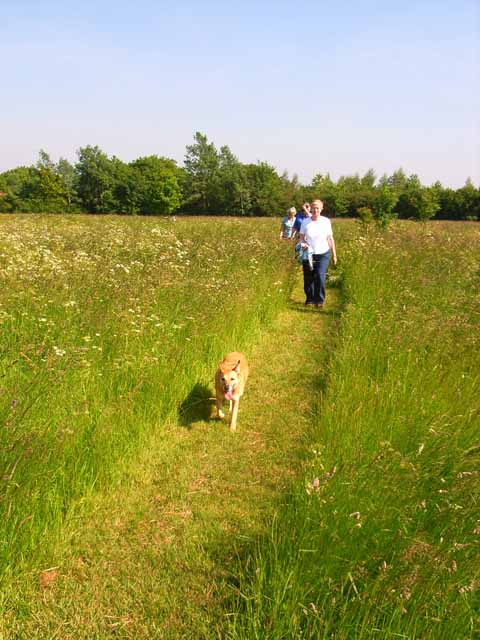
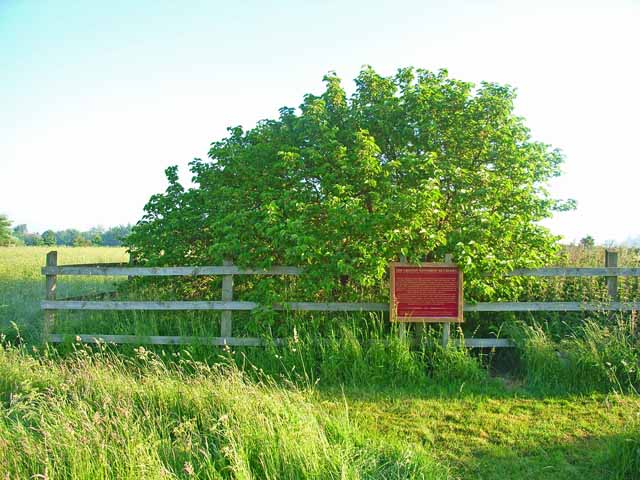
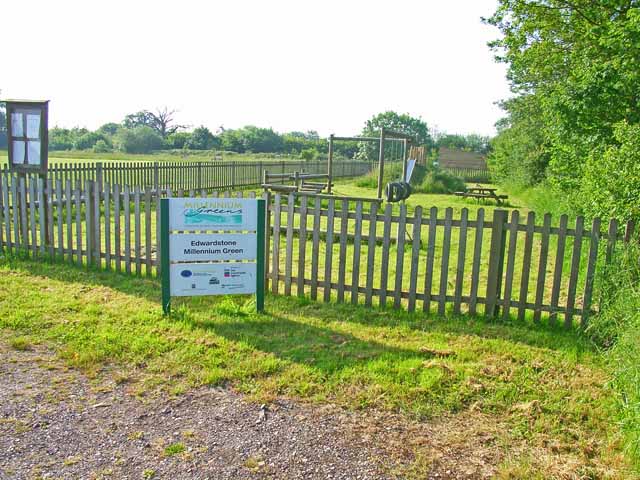
Street, Broad is located at Grid Ref: TL9543 (Lat: 52.051097, Lng: 0.85702753)
Administrative County: Suffolk
District: Babergh
Police Authority: Suffolk
What 3 Words
///fluctuate.knocking.downhill. Near Great Waldingfield, Suffolk
Nearby Locations
Related Wikis
Groton, Suffolk
Groton is a village and civil parish in the Babergh district, Suffolk, England, located around a mile north of the A1071 between Hadleigh and Sudbury....
Milden Thicks
Milden Thicks is a 42.3-hectare (105-acre) biological Site of Special Scientific Interest east of Great Waldingfield in Suffolk, England. It is in four...
Groton Wood
Groton Wood is a 20.2-hectare (50-acre) biological Site of Special Scientific Interest north-east of Groton in Suffolk. It is owned and managed by the...
Edwardstone
Edwardstone is a village and civil parish in the Babergh district, in the county of Suffolk, England. The parish contains the hamlets of Mill Green, Priory...
Boxford, Suffolk
Boxford is a large village and civil parish in the Babergh district of Suffolk, England. Located around six miles east of Sudbury straddling the River...
Lindsey, Suffolk
Lindsey is a small village and a civil parish, located in mid-to-south Suffolk, under the purview of Babergh District Council. == Layout == The parish...
Edwardstone Woods
Edwardstone Woods is a 27 hectare biological Site of Special Scientific Interest near Edwardstone in Suffolk, England. It is in four areas, Park Wood with...
Milden Castle
Milden Castle was a motte-and-bailey castle on Foxburrow hill in Milden, a village in Suffolk, England. It was built in the 12th century, but today all...
Nearby Amenities
Located within 500m of 52.051097,0.85702753Have you been to Street, Broad?
Leave your review of Street, Broad below (or comments, questions and feedback).
